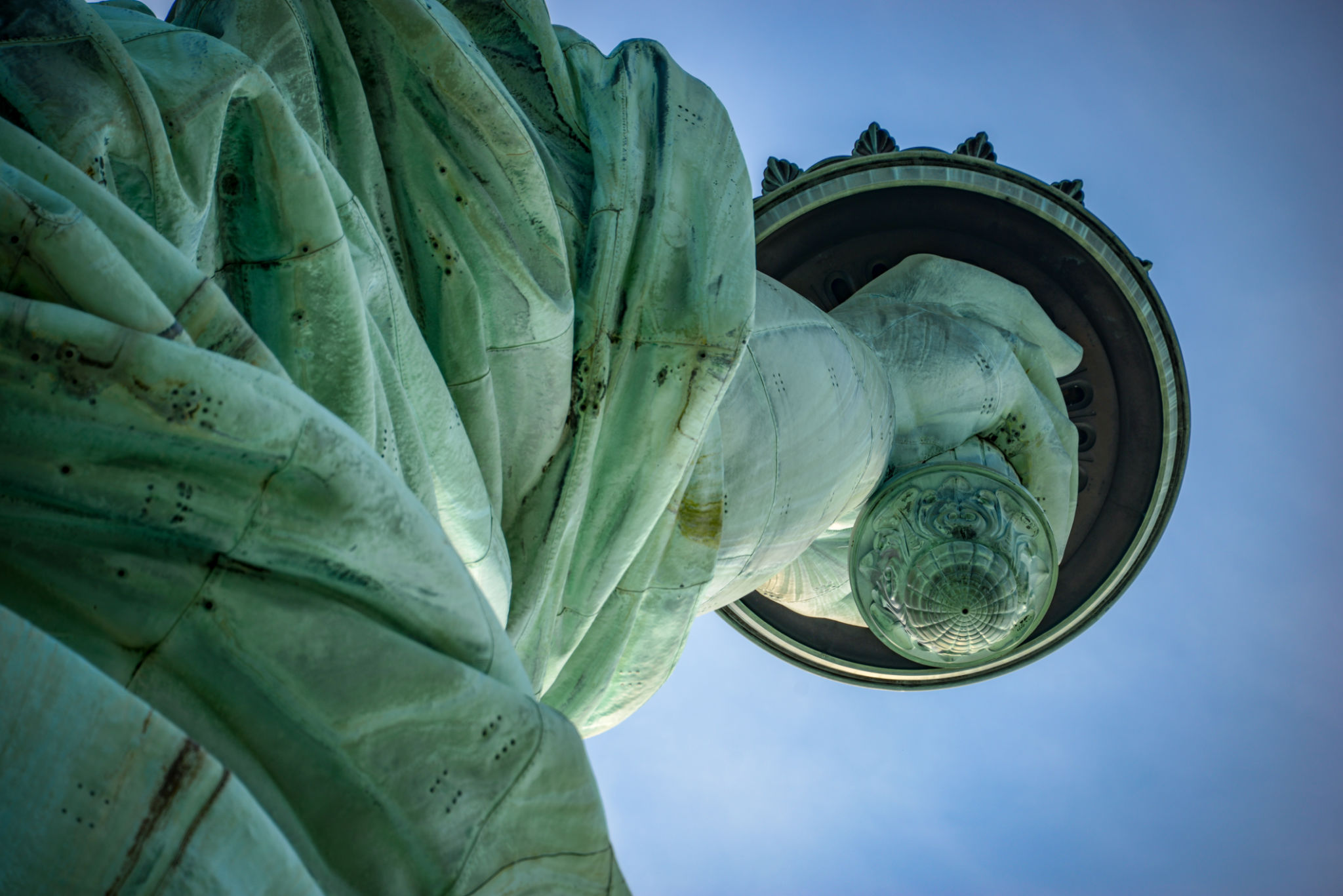How to Create Captivating Travel Photos: A Photographer’s Guide
Travel photography offers a unique way to capture the essence of a place, its culture, and its people. But creating captivating travel photos requires more than just pointing your camera and clicking the shutter. With a few essential tips and techniques, you can elevate your travel photography to new heights.
Understand Your Equipment
Before embarking on your journey, familiarize yourself with your camera settings and capabilities. Whether you're using a DSLR, a mirrorless camera, or a smartphone, knowing how to adjust settings like aperture, shutter speed, and ISO is crucial for capturing the perfect shot. Spend some time experimenting with different settings to see how they affect your images.
Additionally, consider investing in quality lenses that suit your style of photography. A wide-angle lens is ideal for landscapes and cityscapes, while a prime lens can offer superior sharpness for portraits and detail shots.

Research Your Destination
Understanding the local culture and geography can significantly impact the quality of your photos. Researching your destination allows you to identify the most photogenic locations and times of day when lighting conditions are optimal. Look for iconic landmarks, hidden gems, and local events that could offer unique photographic opportunities.
Moreover, being aware of cultural norms and sensitivities is essential. Always ask permission before photographing people, especially in regions where privacy is highly valued.
Composition is Key
Composition plays a crucial role in creating captivating images. Utilize the rule of thirds by dividing your frame into nine equal parts and placing your subject along these lines or their intersections. This technique can balance your image and draw the viewer’s eye to the focal point.
Don't be afraid to experiment with different angles and perspectives. Shooting from a low angle can add drama, while an overhead shot can provide a unique viewpoint of a bustling market or a serene beach.

Embrace Natural Light
Lighting can make or break a photograph. The golden hours—shortly after sunrise and before sunset—offer soft, warm lighting that enhances colors and minimizes harsh shadows. This is an ideal time for capturing stunning landscapes and portraits.
If you're shooting indoors or in low-light conditions, consider using a tripod to stabilize your camera for longer exposures. This will help you maintain image clarity without relying on high ISO settings that can introduce noise.
Edit Thoughtfully
Post-processing is an integral part of modern photography. Use editing software to enhance colors, contrast, and sharpness in your images. However, aim for subtlety; over-editing can detract from the natural beauty of your photos.

Finally, always save a copy of your original images before making edits. This ensures you have a backup in case you want to return to the original version later.
Practice Patience and Persistence
Great travel photography often requires patience and persistence. Don’t rush through your shots; take time to observe your surroundings and wait for the right moment. Sometimes, this means waiting for the perfect light or the right expression on a subject's face.
Keep practicing and refining your skills. The more you shoot, the more you’ll learn about what works best for you as a photographer. With time and dedication, you'll be able to create captivating travel photos that tell compelling stories of your adventures.
